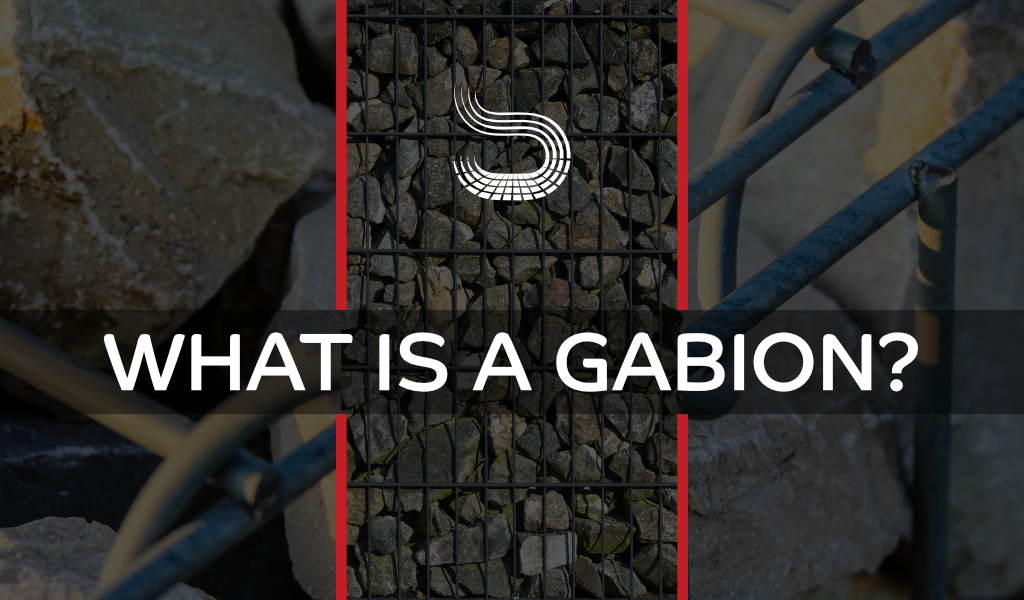What is a Gabion?
Gabions are used in a few ways from décor to showpieces in the garden. A gabion is a basket made from hexagonal or rectangular mesh that is galvanized steel. Often the baskets themselves are rectangular but can take other forms when used decoratively. The baskets are then filled with rocks that fit well together and help to maintain the rectangular shape. They require a good interlocking of the rectangles in order to stack them well. Gabions rely on this and their weight to resist outside forces. They make great structures and are porous since no kind of mortar is used.
What are the advantages and disadvantages of Gabions?
There are a few things that make gabions ideal and there are aspects that could be problematic in some scenarios. Let’s explore what those advantages and disadvantages of gabions are.
Advantages
Though tedious in their construction, gabions themselves are an easy and relatively flexible option. Especially for areas that have steep slopes where management is required. Gabions are fairly easy to handle and transport if needed. Plus, they have that porous nature where water can pass through. With such a simplistic design they can be used in a speedy fashion to minimize the project’s total time. This makes them ideal for decreasing water velocity along slopes or to use on beaches to absorb the energy of the waves and help build the shore. Another big plus for anyone looking to do a little landscaping is that they offer a unique presence and can be used to elevate or terrace parts of the garden as needed. It could be a fun and rewarding element in your garden by using up rocks from your very own property.
Disadvantages
The other side of the coin is that gabions can be expensive to move and install due to the equipment needed. They also do little for the environment unless you use them in a way that promotes growth. They would also require a bit of maintenance as the wear and tear on the wires could cause faults. But maintenance is true for all construction. It would seem though, the most criticism that gabions receive is that they are a bit unsightly for some, and even a bit overbearing in its presence. That is more of an aesthetic appeal which is subjective but nonetheless, it does come up. Honestly, though, I find gabions rather appealing.
When and where are Gabions used?
Gabions are most often used in the construction of walls in an effort to stop or limit erosion as the gabion walls slow down water velocity and limit turbulence. They can also be seen along riverbeds to lessen the erosion of the riverbed or even on shorelines at sea/the ocean. Other uses include alongside highways and other mountainous roads to prevent rocks from falling onto vehicles as well as mudslides, as they can be dangerous to drivers and nearby towns. Overall gabion baskets are used in very practical applications that can provide stability and safety. Sometimes though, the aesthetic of gabions is found to be bold and so some people use them for decorative purposes.
Some fun decorative ideas for Gabions
Yes, gabions have a very stern side to them. That doesn’t mean you can’t use them to create intentional hardscape pieces in the garden or create a showstopper on your stoep. Here are a few fun ideas for gabions in your garden and outdoor entertainment area:
- Build a beautiful braai that will impress guests
- Make retaining walls to create terraces in your garden for a bit of depth
- Use multicoloured rocks to make elegant privacy walls
- Fountains or small waterfalls can bring a little tranquillity to the garden and gabions are perfect for them
- Permanent stoep furniture
- Raised garden beds
Conclusion – Gabions are fun and practical.
Gabions have been seen as somewhat unsightly to some people but to others, it represents safety or even a little beauty. When done well gabions can bring some life to a dull area or help to slow down the inevitable erosion. Whatever your reason for using gabions, they will always have a purpose.

